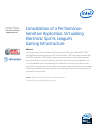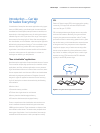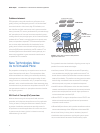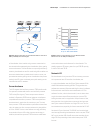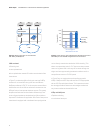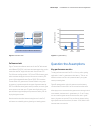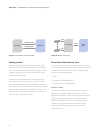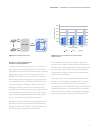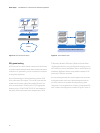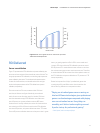Conclusions
We have shown that ESL’s mission-critical, processor-intensive,
network latency-sensitive game servers can be very effectively
virtualized using the latest technologies. We achieved 18:1
consolidation ratios and saved almost 90 percent on power
consumption compared to the ESL physical servers, while
preserving game QoS and customer satisfaction.
This one data point does not prove that we can virtualize every
server application. Some demanding applications are still beyond
the reach of current technology. However, we do show that the
latest technologies can allow us to virtualize more workloads, even
those once thought “non-virtualizable” like the ESL game servers.
To gain the benefits that virtualization brings, we will have to
question our assumptions and evaluate the latest technologies
to see if we can virtualize these demanding applications. This is
the only way to deliver the ROI to our organizations.
At some point in the relatively near future, with the ongoing march
of hardware and software technologies, we do expect that practi-
cally all server applications will be virtualizable. So when you take
a look at your server application inventory, you may have applica-
tions that seem to be “non-virtualizable.” Perhaps there are some
new technologies you could evaluate to prove or disprove this
perception. It may be time to capture the ROI of virtualizing these
demanding applications for your corporation, too.
“ The new Six-Core Intel Xeon 7400 processor series
(“Dunnington”) was completely overwhelming in
all terms. The Intel Xeon MP servers with Intel
VMDq technology enable us to efficiently run
our servers with reduced costs and without any
negative impacts.”
— Bjoern Metzdorf, Director of Information Technology,
Electronic Sports League
13
White Paper Consolidation of a Performance-Sensitive Application



